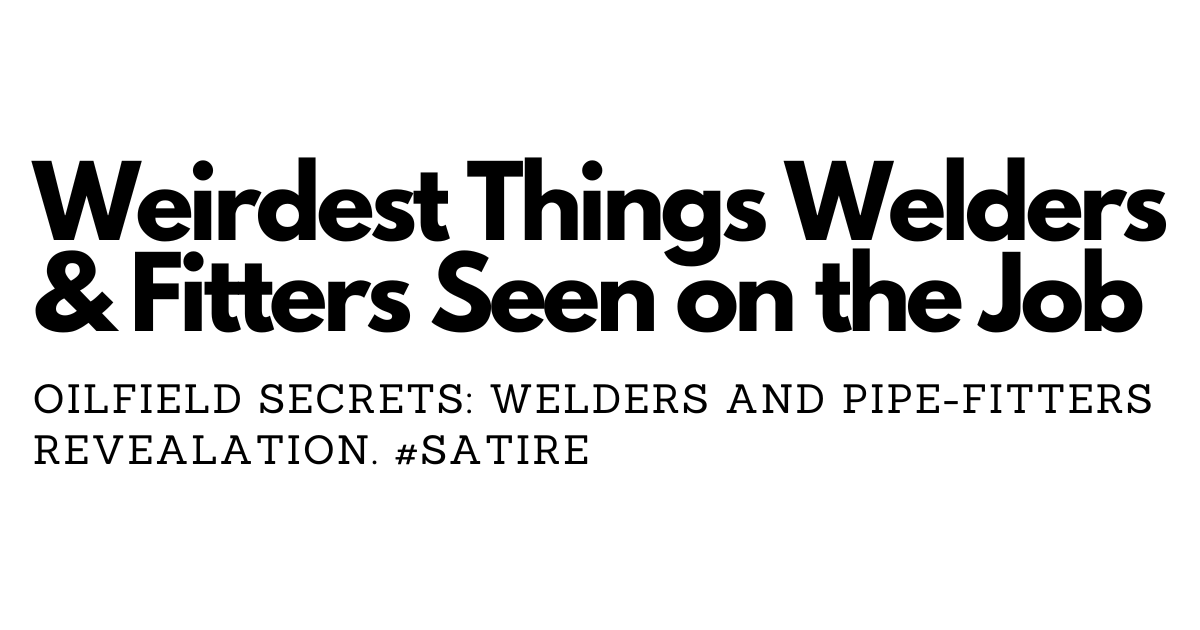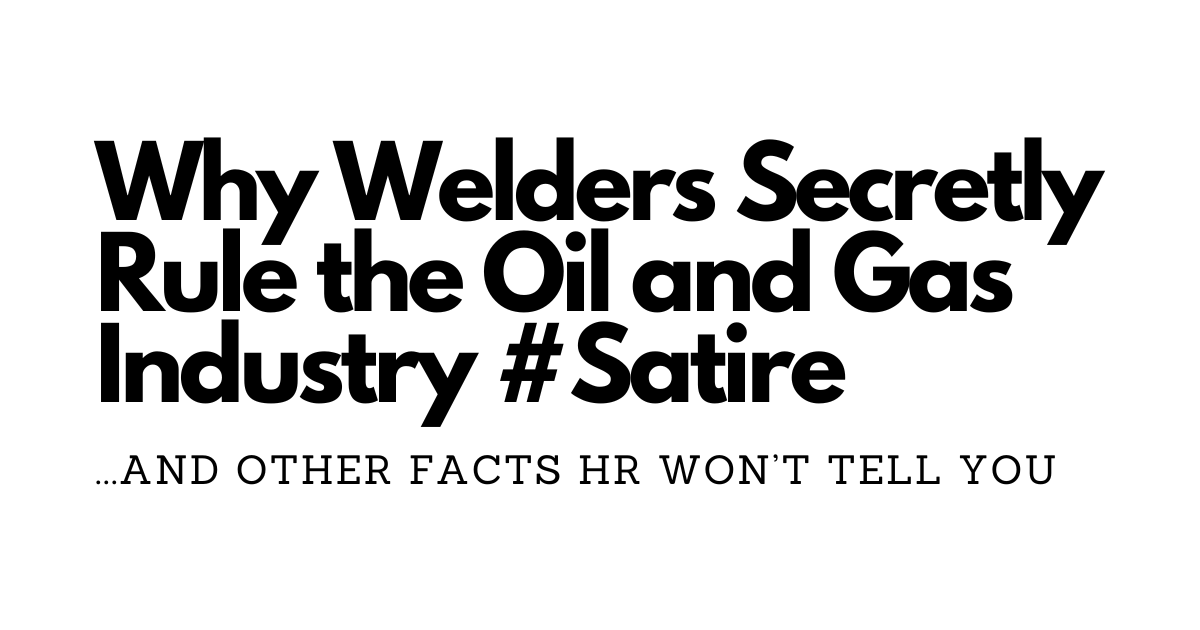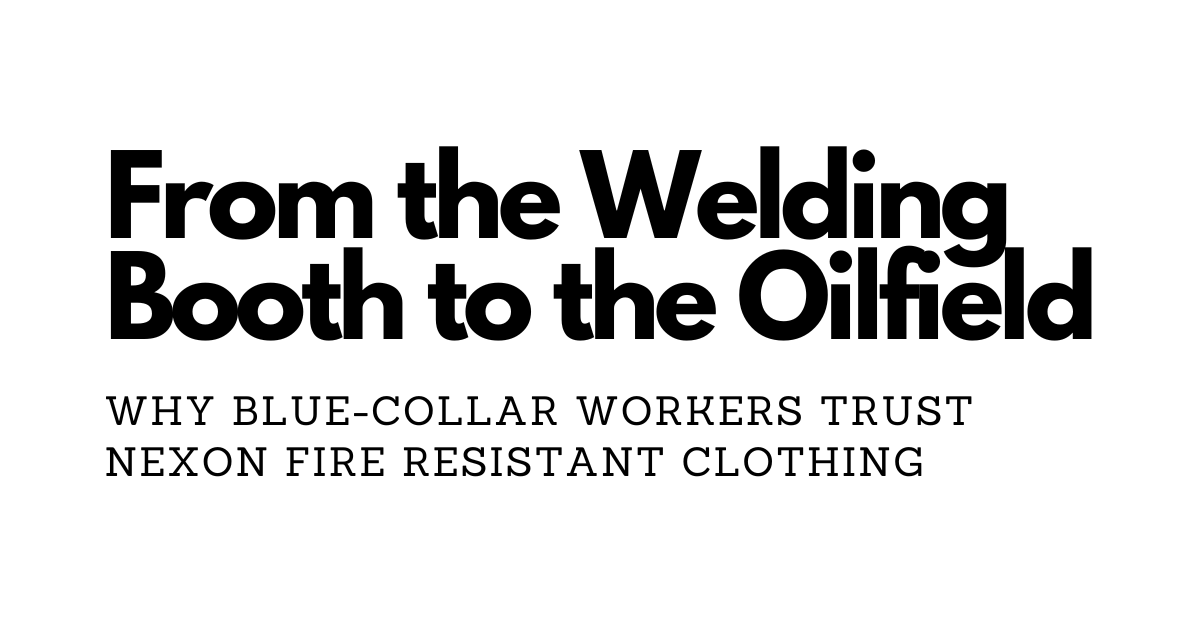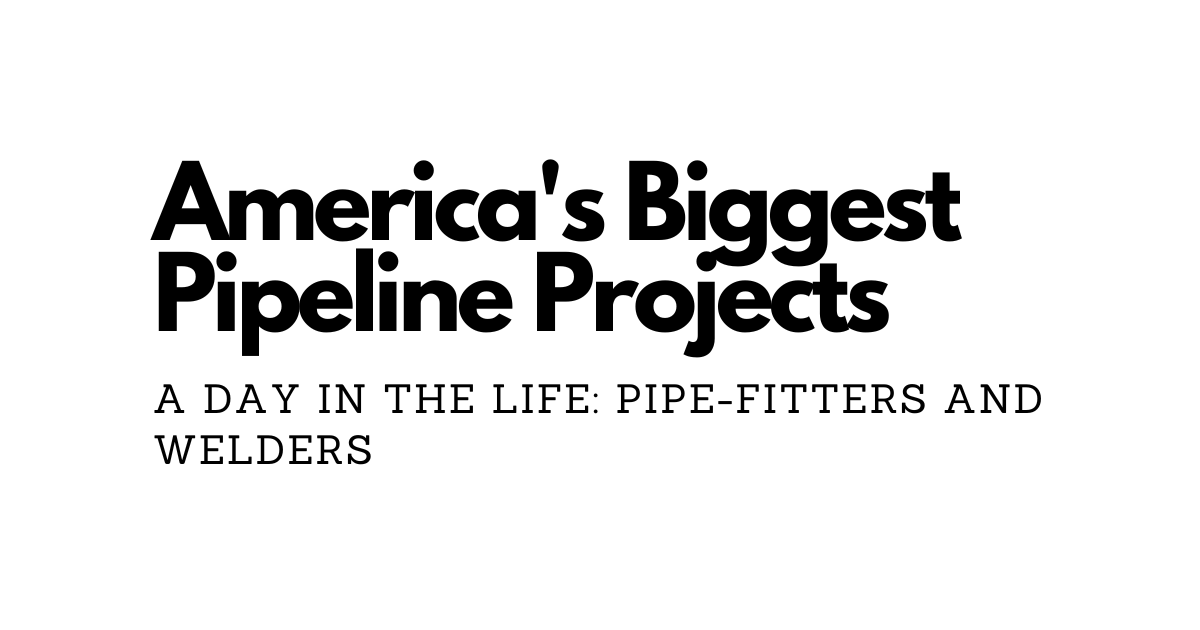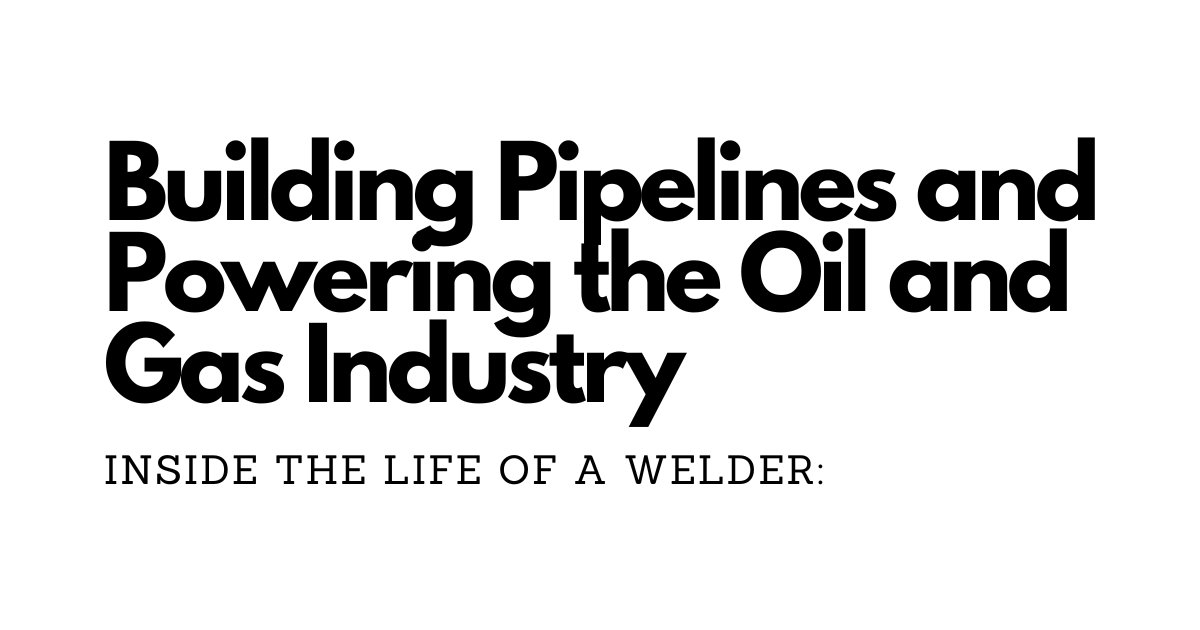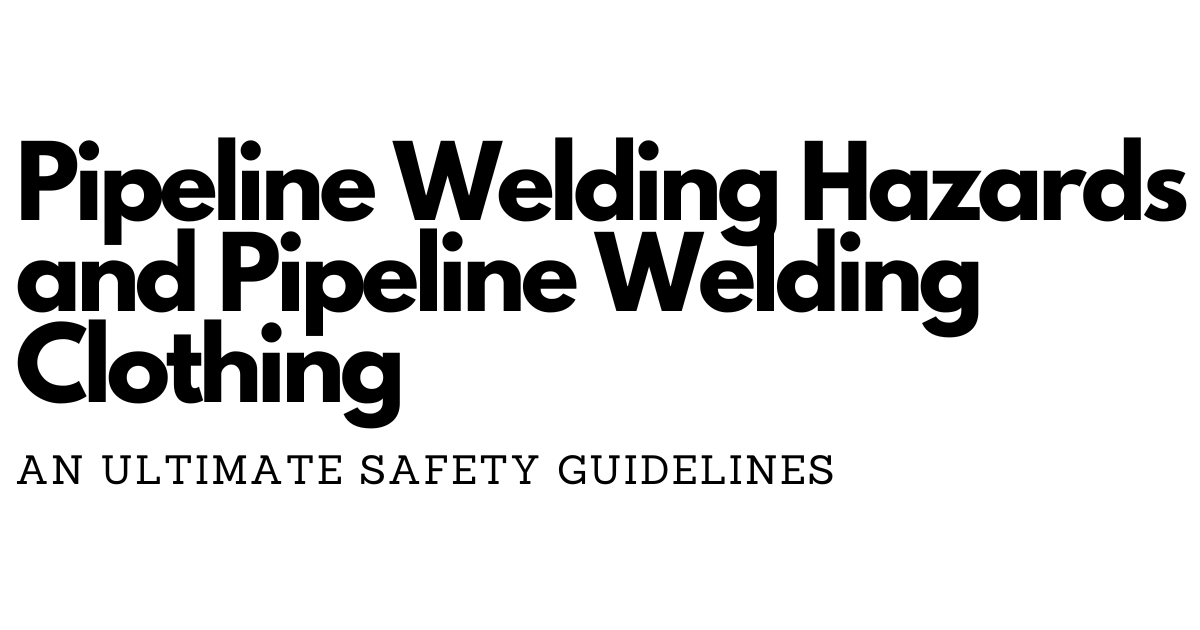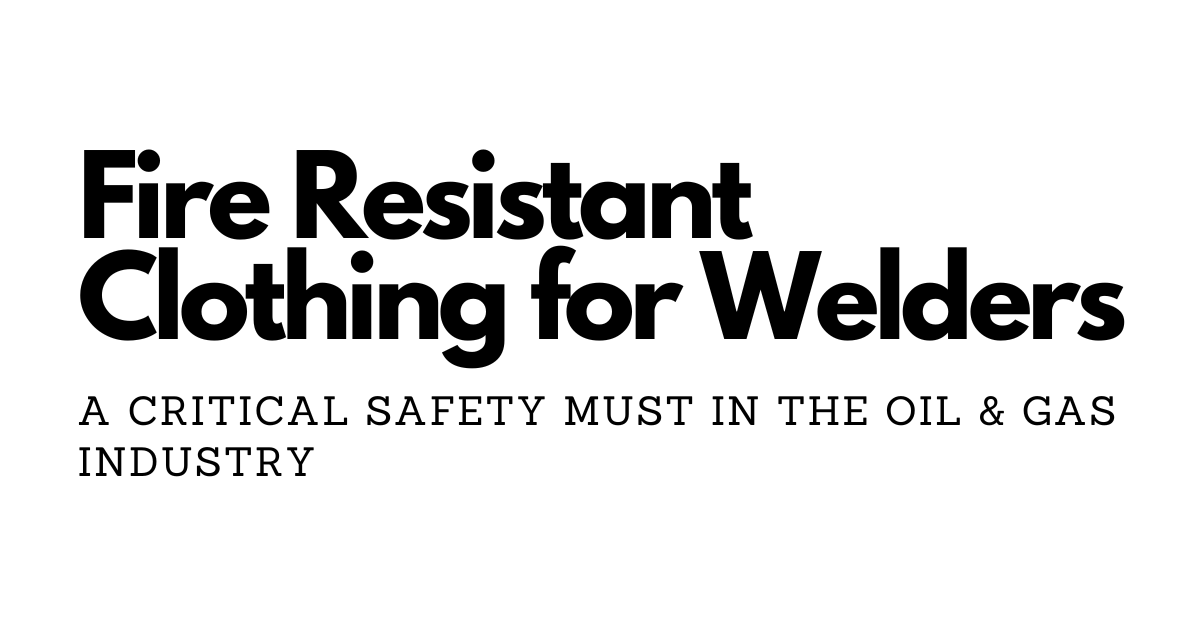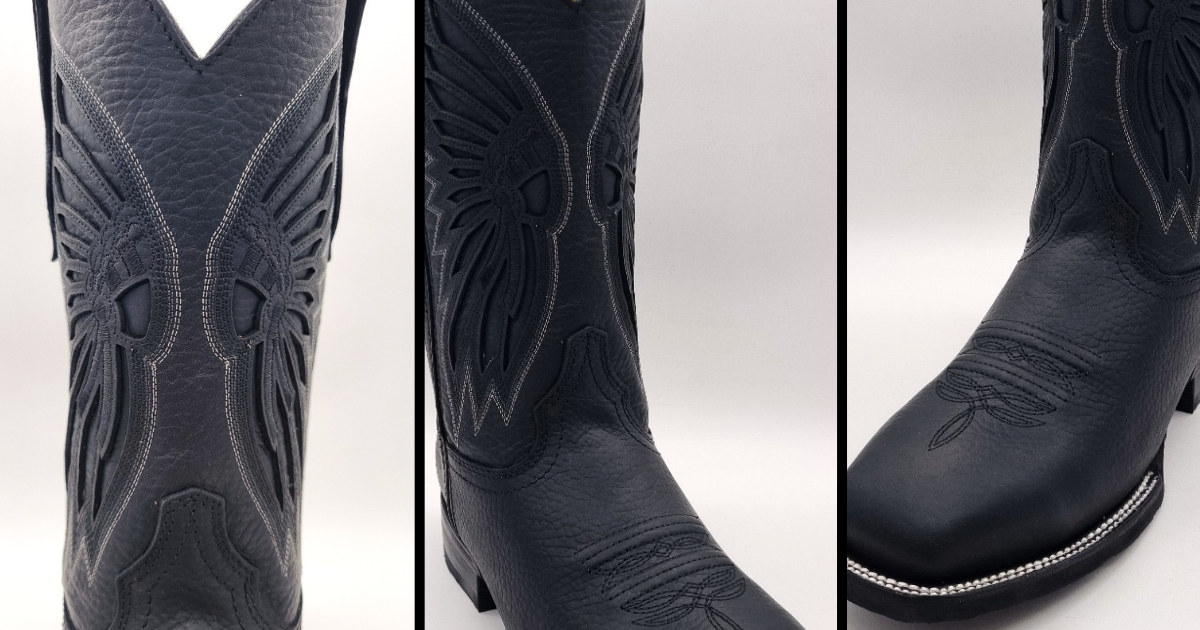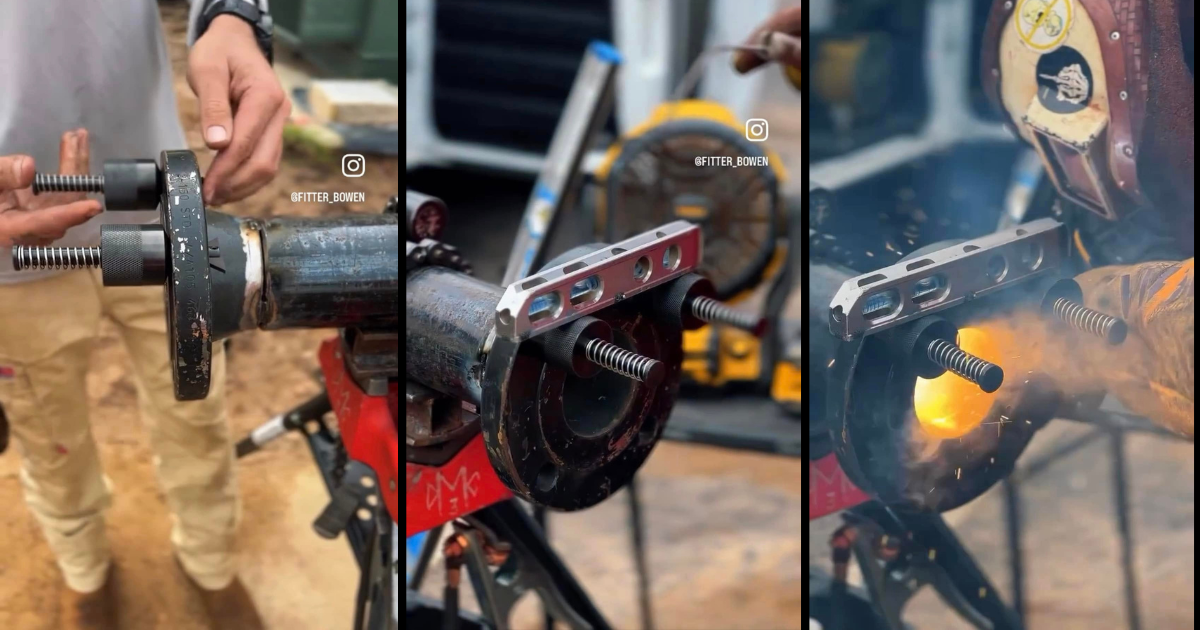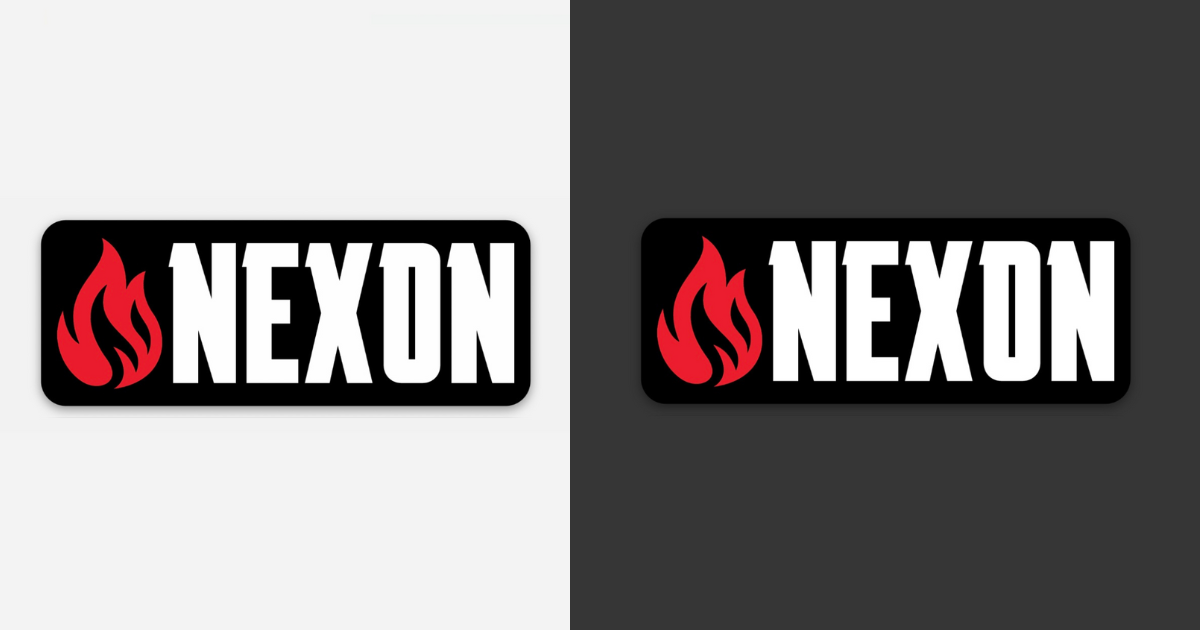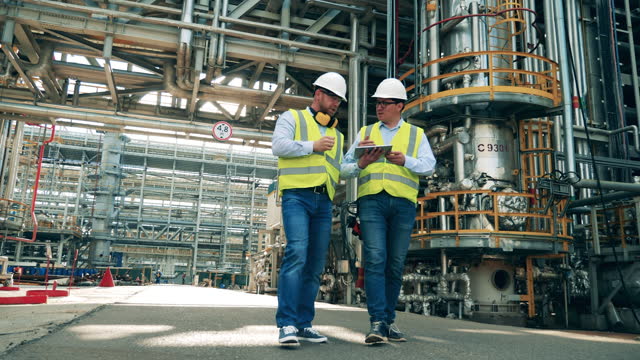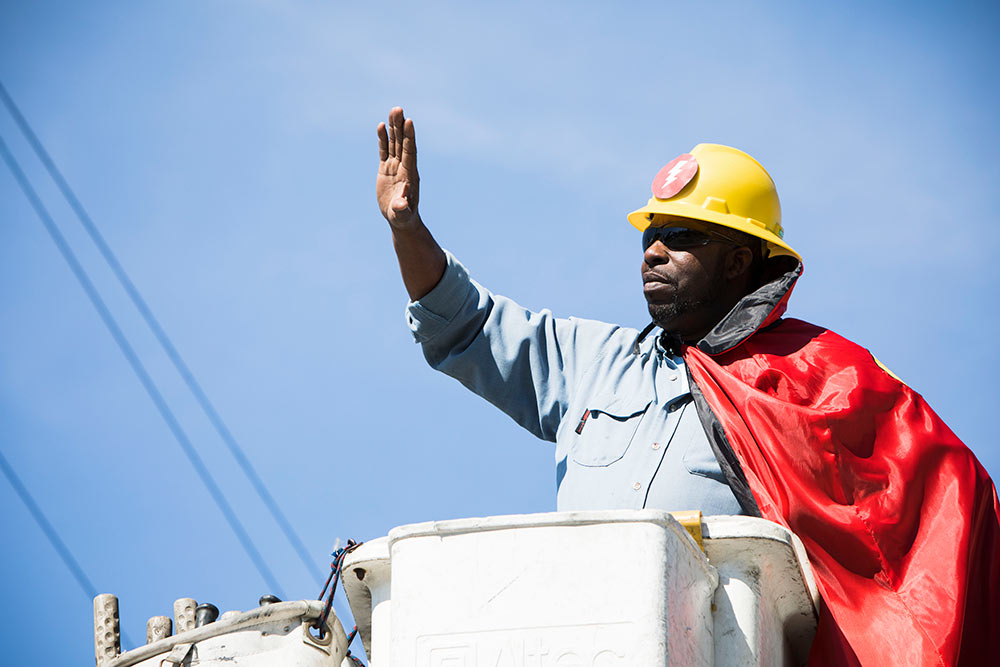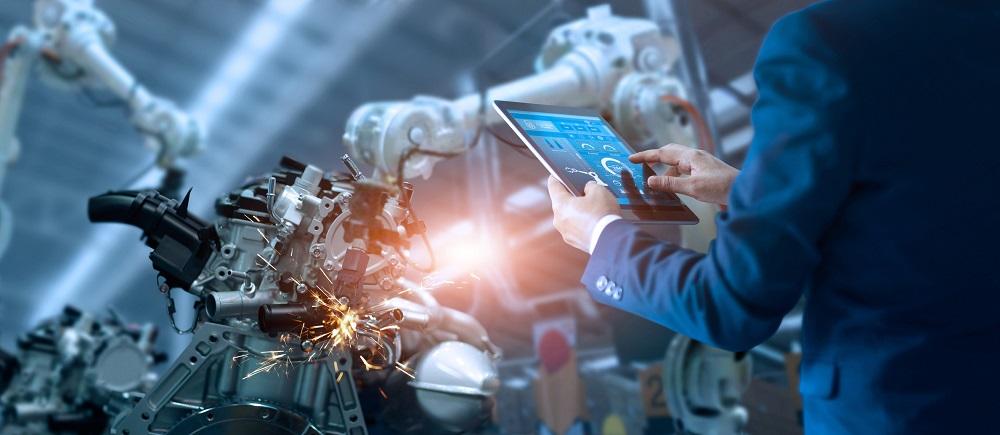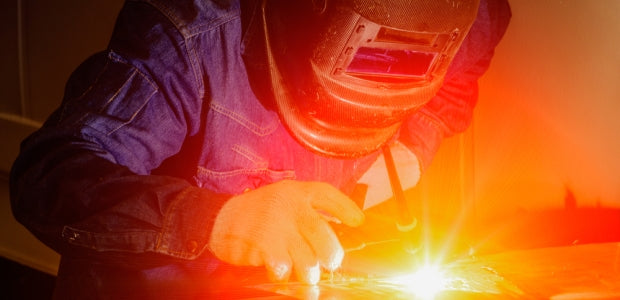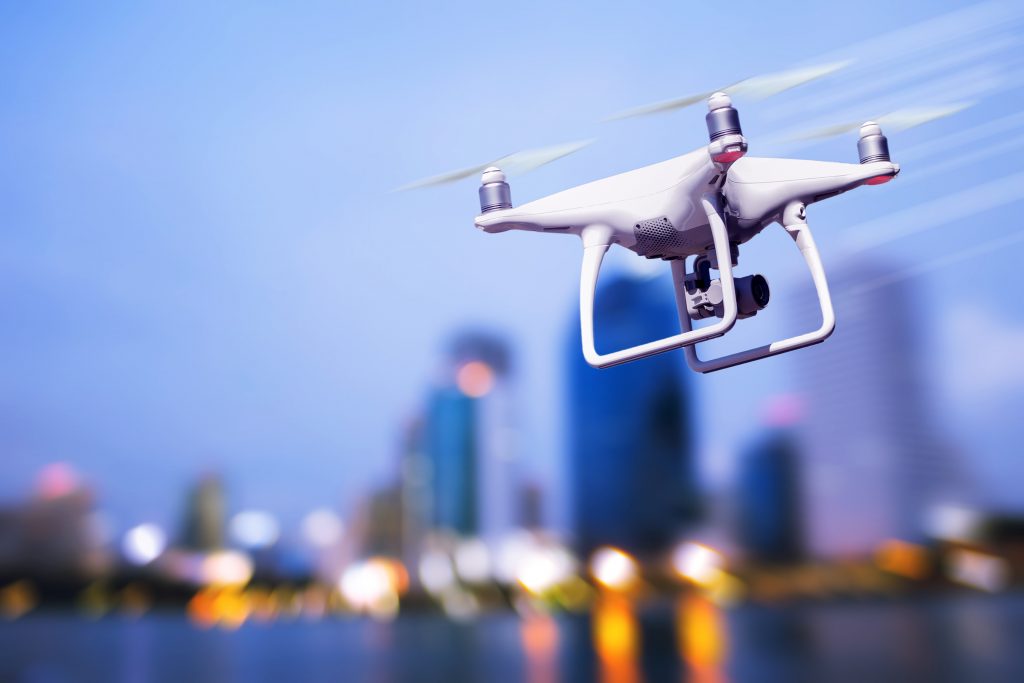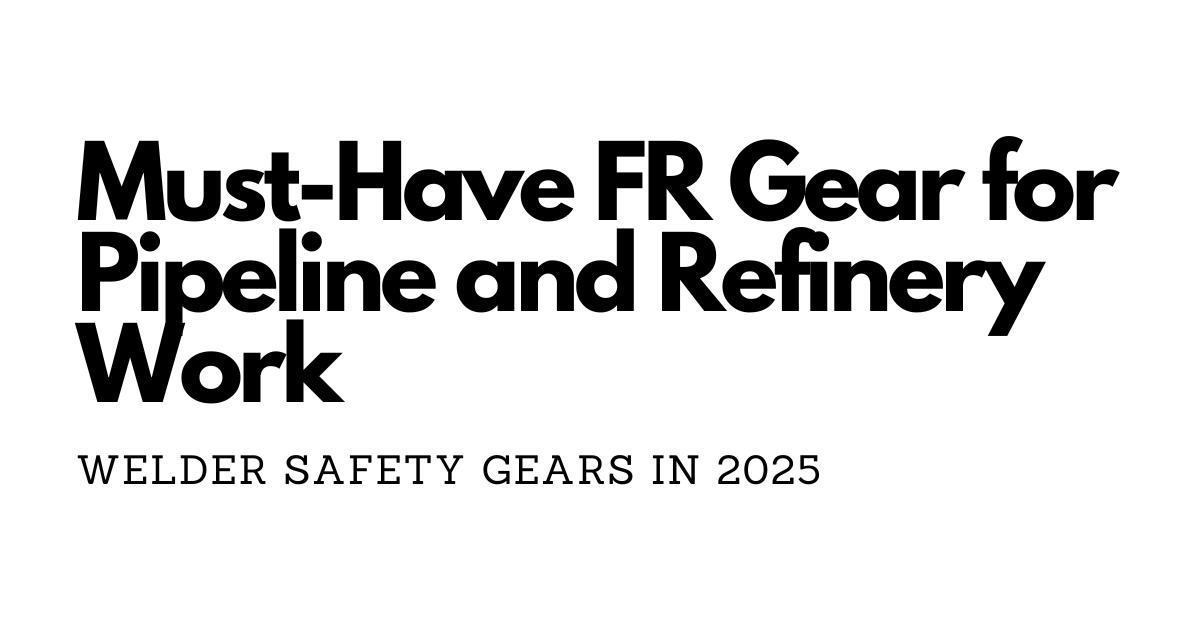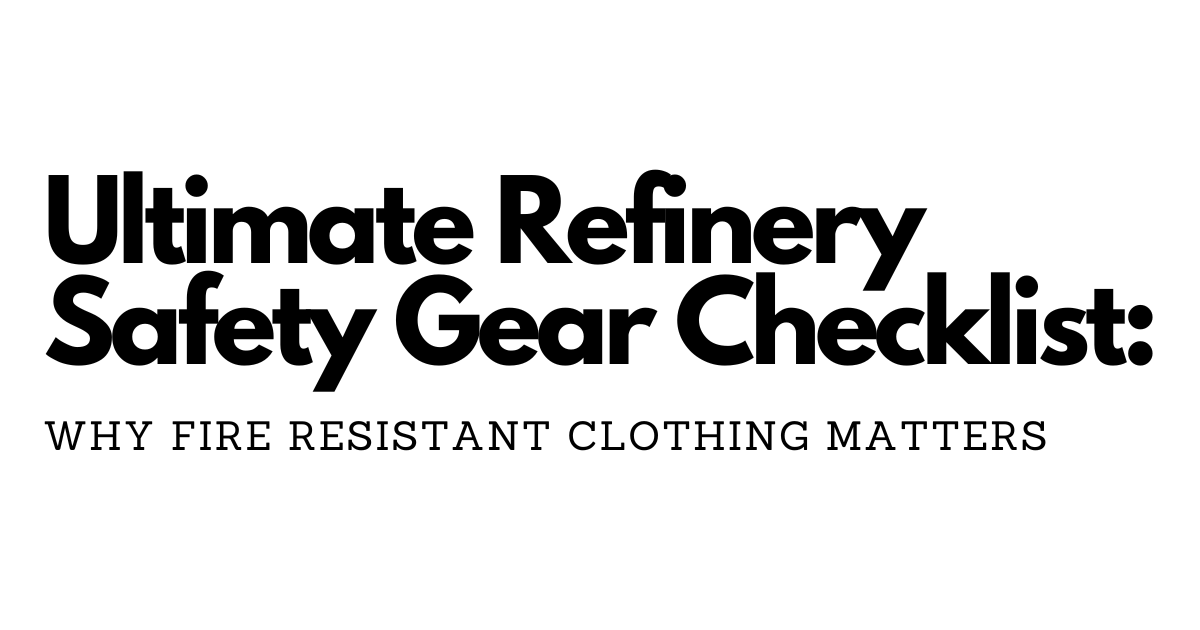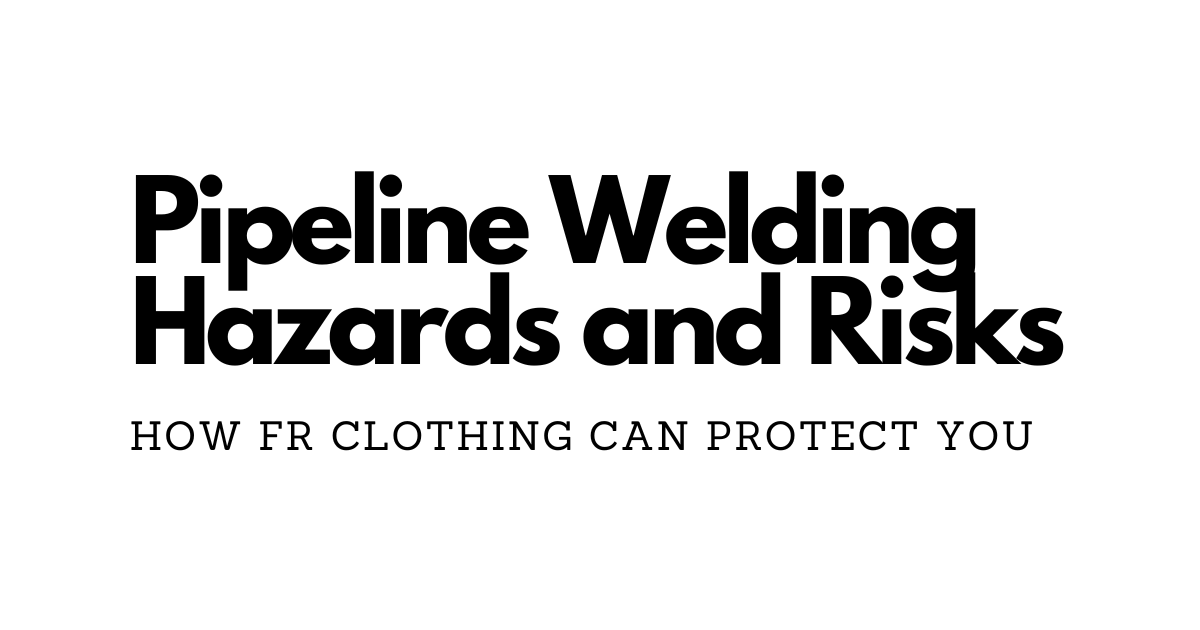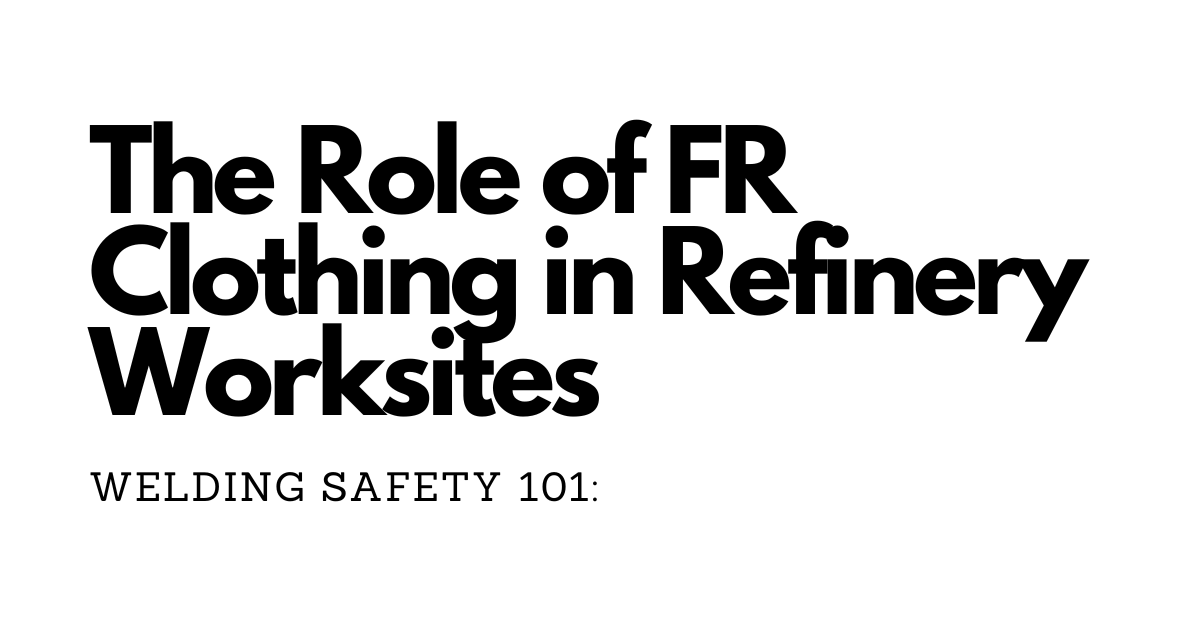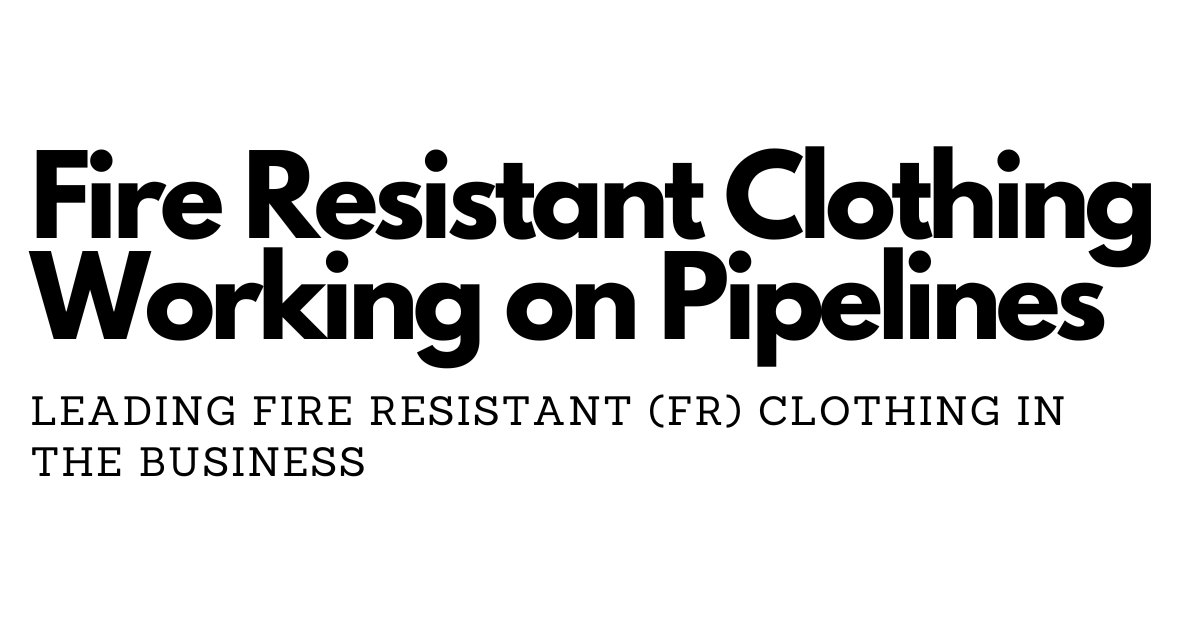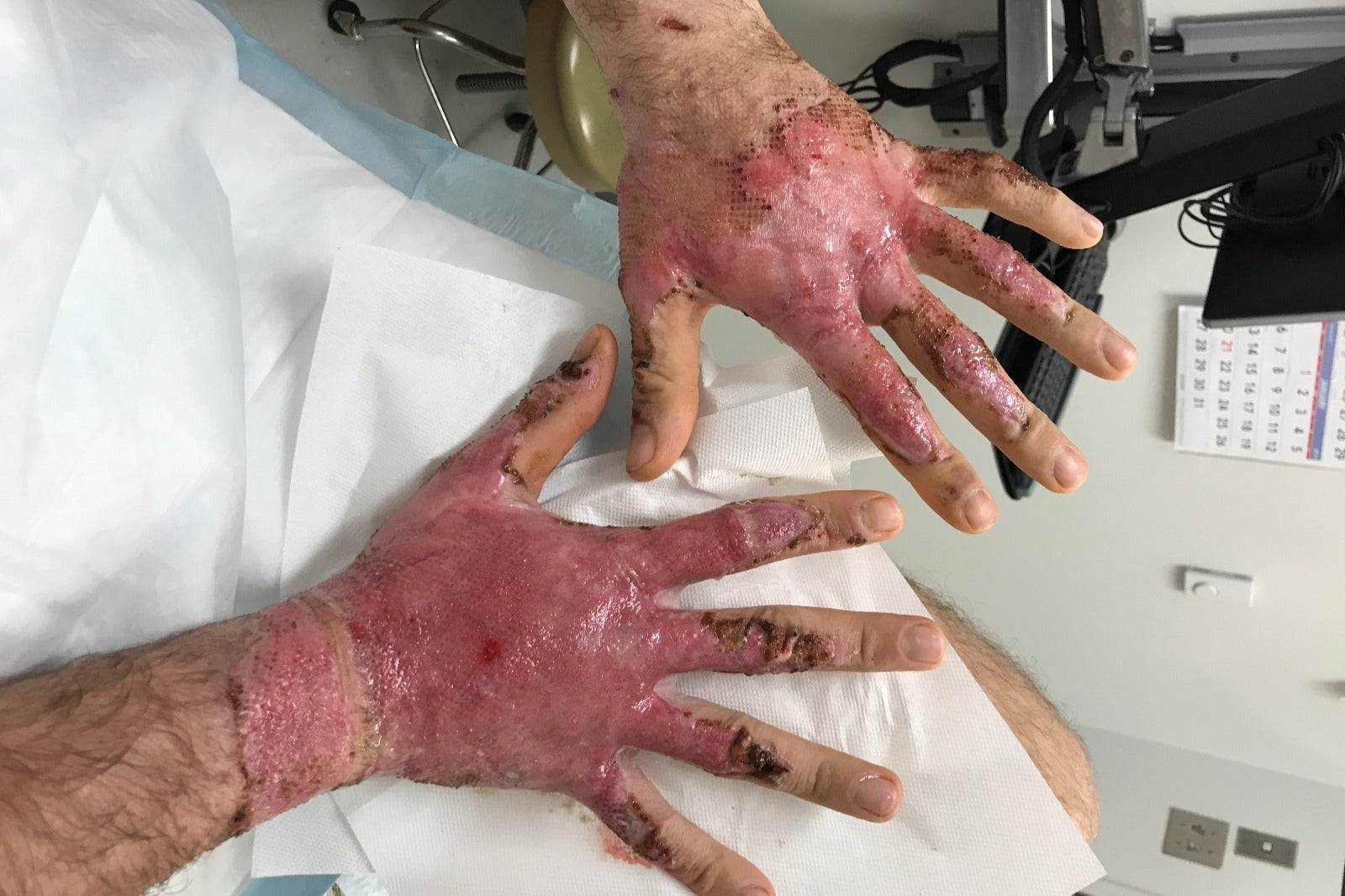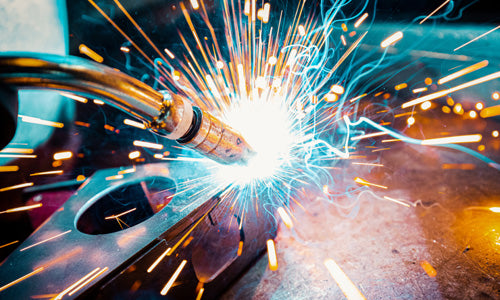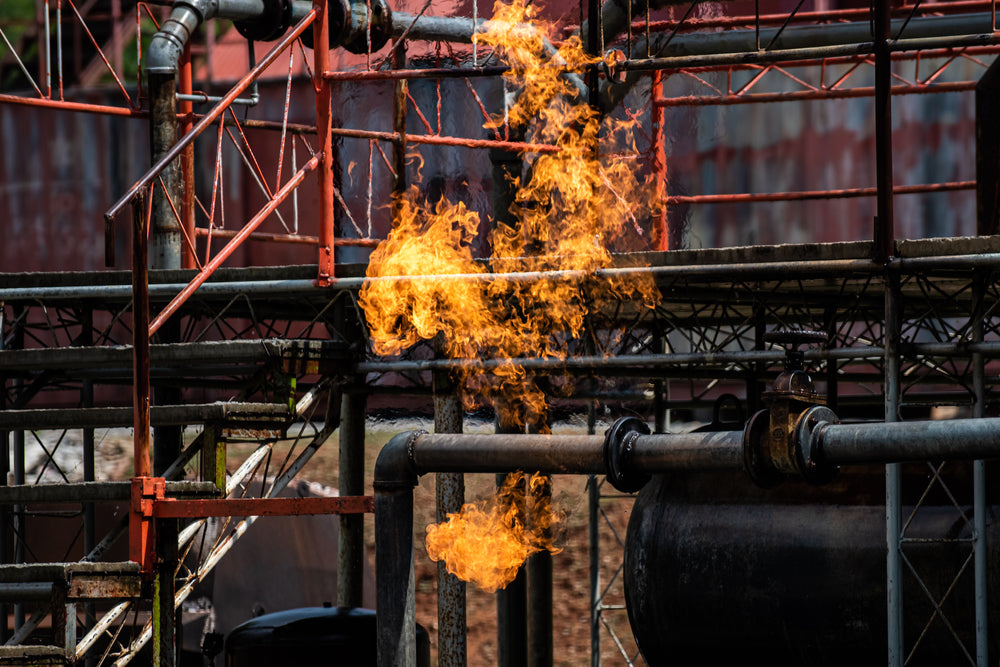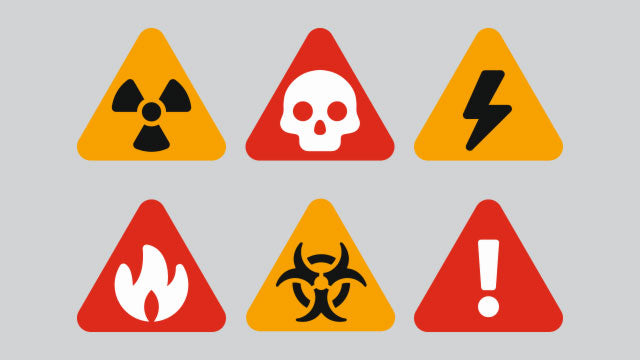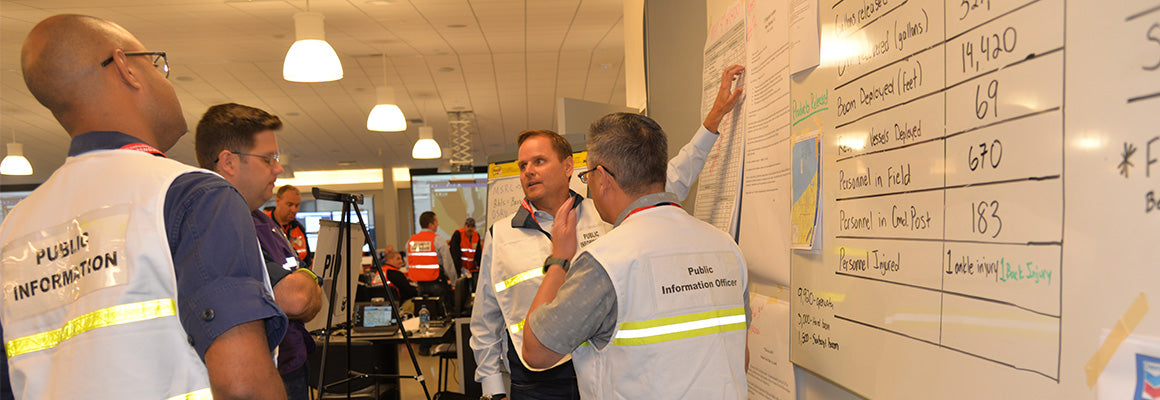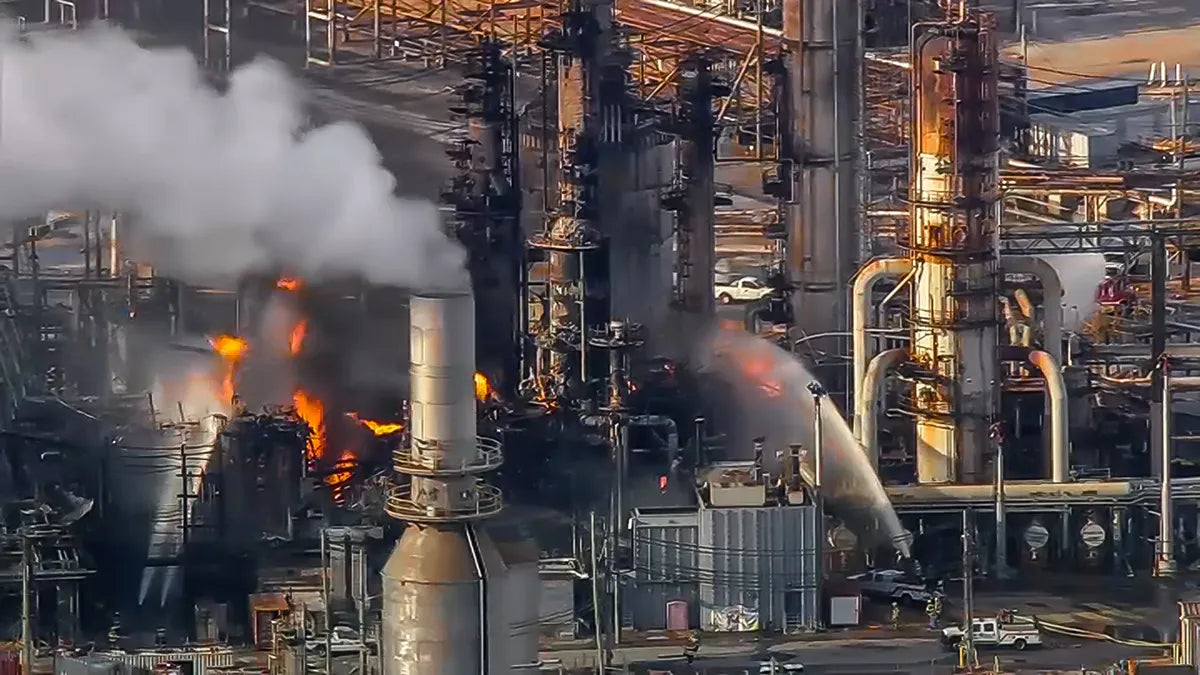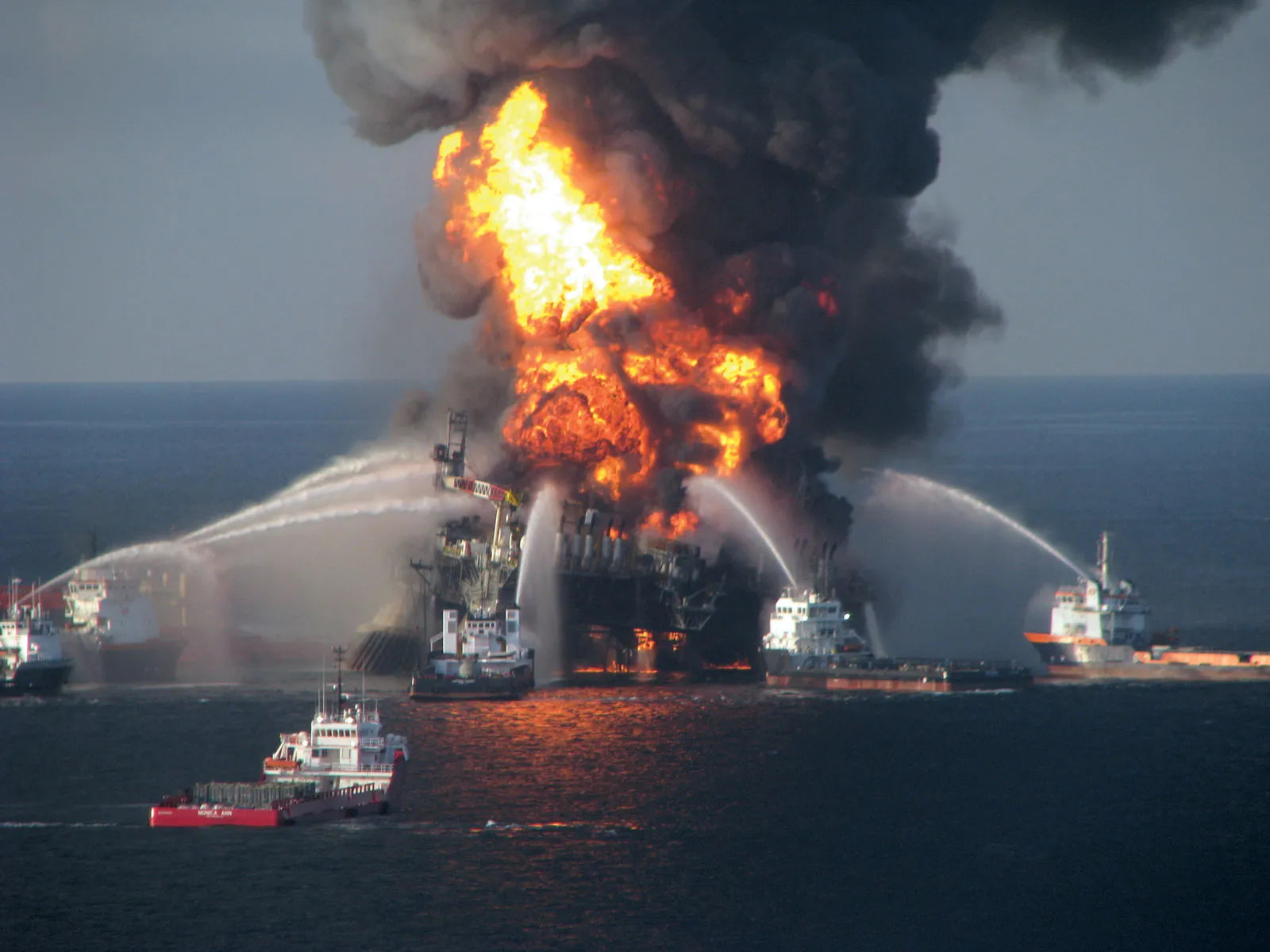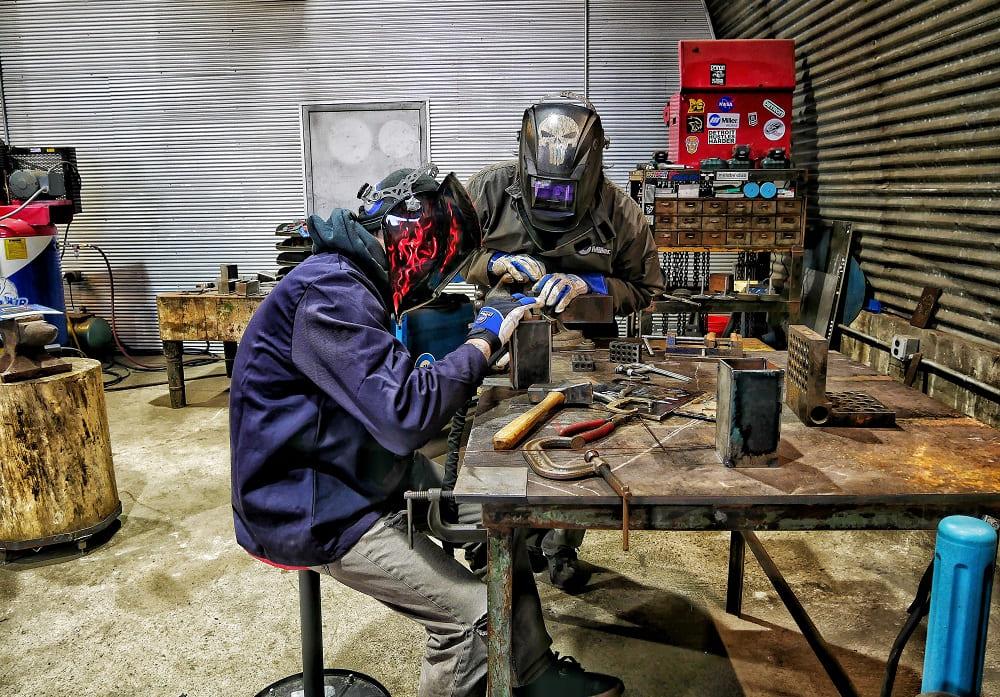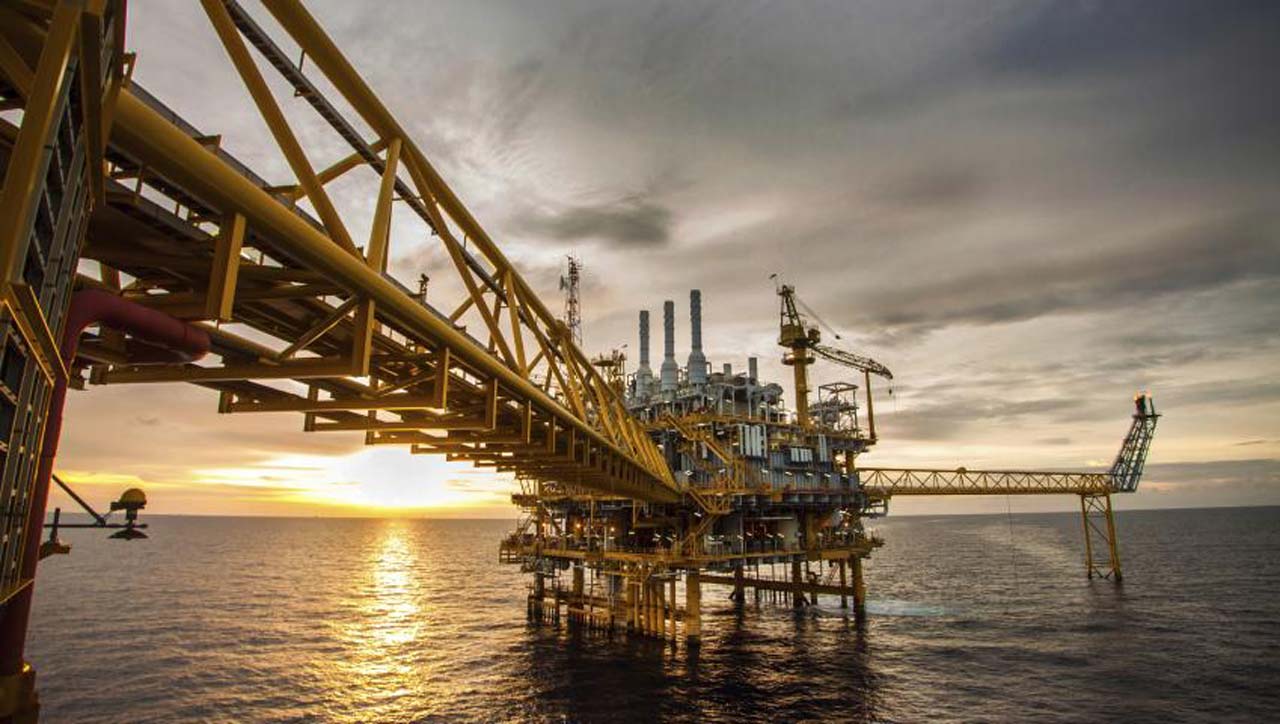

Welding defects are imperfections or irregularities in the weld that can compromise its integrity, strength, and overall quality. These defects can arise from various factors such as improper techniques, poor material preparation, inadequate equipment maintenance, or lack of operator skill. Here are some of the most common welding defects:
-
Porosity: Porosity refers to the presence of gas pockets or voids within the weld metal. This defect weakens the weld's mechanical properties and can lead to cracking.
-
Incomplete Fusion: Incomplete fusion occurs when the weld metal doesn't fuse properly with the base metal or previous weld pass. It results in a weak joint and reduced load-carrying capacity.
-
Incomplete Penetration: Incomplete penetration happens when the weld doesn't fully penetrate through the joint thickness. This defect can lead to inadequate strength in critical areas.
-
Cracks: Cracks can occur in various forms, such as longitudinal, transverse, or underbead cracks. These defects significantly weaken the weld and can propagate over time.
-
Undercutting: Undercutting is the groove formed at the edges of the base metal due to excessive melting during welding. It reduces the cross-sectional area of the weld and can lead to stress concentration.
-
Overlap: Overlap occurs when the weld metal doesn't fuse properly with the base metal, creating an overlapping bead. This defect weakens the joint and reduces its load-carrying capacity.
-
Spatter: Spatter is the splattering of molten metal droplets during welding. It can cause surface irregularities, reduce aesthetic appeal, and lead to contamination.
-
Excessive Penetration: Excessive penetration results from over-welding, causing the weld metal to penetrate too deeply into the base metal. This defect can weaken the joint and introduce stress concentrations.
-
Burn-Through: Burn-through happens when excessive heat causes the base metal to melt through, leading to holes or craters in the weld. It can compromise the structural integrity of the joint.
-
Weld Metal Cracking: Weld metal can crack due to various factors, such as high cooling rates or the presence of impurities. These cracks can reduce the strength of the weld.
-
Warping and Distortion: Warping and distortion occur due to uneven heating and cooling during welding, leading to changes in the shape or alignment of the welded components.
-
Inclusions: Inclusions are foreign particles or debris that get trapped within the weld, leading to a lack of fusion and reduced strength.
-
Lack of Fusion: Lack of fusion is similar to incomplete fusion but refers specifically to the absence of proper fusion between adjacent weld beads or between the weld and base metal.
-
Cold Lap: Cold lap, also known as a cold weld, happens when the new weld bead doesn't fuse properly with the previously deposited weld bead, resulting in an incomplete bond.
-
Brittle HAZ: The Heat-Affected Zone (HAZ) can become brittle due to rapid heating and cooling during welding. This can lead to cracking or reduced impact resistance.
To prevent these welding defects, proper training, adherence to welding procedures, meticulous material preparation, and careful inspection are essential. Addressing defects promptly ensures the production of high-quality, strong, and reliable welds.
Welding without defects requires a combination of skill, knowledge, and attention to detail. While it's challenging to completely eliminate all defects, following proper techniques and practices can significantly minimize their occurrence. Here are some tips to help you weld with fewer defects:
-
Thorough Preparation: Clean the base metals thoroughly to remove rust, oil, paint, and other contaminants that can lead to defects like porosity. Bevel or prepare the joint edges as required for proper penetration and fusion.
-
Select the Right Equipment and Materials: Choose the appropriate welding process, electrode, filler metal, and shielding gas for the specific materials and joint configuration. Ensure your welding machine is properly calibrated and maintained.
-
Master Welding Techniques: Practice proper welding techniques such as maintaining the correct arc length, travel speed, and angle. Keep a steady hand to achieve uniform weld beads.
-
Control Heat Input: Avoid excessive heat that can lead to burn-through or distortion by adjusting the welding parameters appropriately. Use proper preheating and interpass temperature control, especially for thicker materials.
-
Monitor Joint Fit-up and Alignment: Ensure accurate joint fit-up and alignment to promote proper fusion and penetration. Use jigs, clamps, and other fixtures to hold the pieces in place during welding.
-
Manage Welding Speed: Adjust your travel speed based on the welding process and material thickness to control heat input and fusion.
-
Use Backing Bars and Support Bars: When welding thicker materials, consider using backing bars to prevent excessive penetration and ensure proper fusion.
-
Proper Electrode Handling: Store and handle electrodes properly to prevent moisture absorption, which can lead to hydrogen-induced cracking.
-
Shielding Gas Control: Maintain the correct flow rate and composition of shielding gas to prevent contamination and porosity.
-
Prevent Overlap and Undercut: Avoid excessive weaving, as it can lead to overlap or undercuts. Maintain a consistent weaving pattern if needed.
-
Inspect During and After Welding: Continuously monitor the weld pool and joint during welding to catch defects as they occur. Conduct post-weld inspections to identify any defects or irregularities that might have arisen.
-
Practice Good Welder Positioning: Position yourself comfortably to maintain control over the welding torch or gun while achieving good visibility of the weld area.
-
Adhere to Welding Standards and Procedures: Follow established welding procedures and standards to ensure consistency and quality in your work.
-
Continuous Learning and Improvement: Stay updated with new welding techniques, materials, and equipment through training and industry resources. Review your work, learn from any mistakes, and strive for improvement with each welding project.
-
Prioritize Safety: Wear proper Personal Protective Equipment (PPE) to protect yourself from hazards associated with welding.
Remember that becoming a skilled welder takes practice and experience. Each welding project offers an opportunity to refine your technique and minimize defects. By implementing these tips and maintaining a commitment to quality, you can produce welds that are strong, durable, and free from many common defects.
